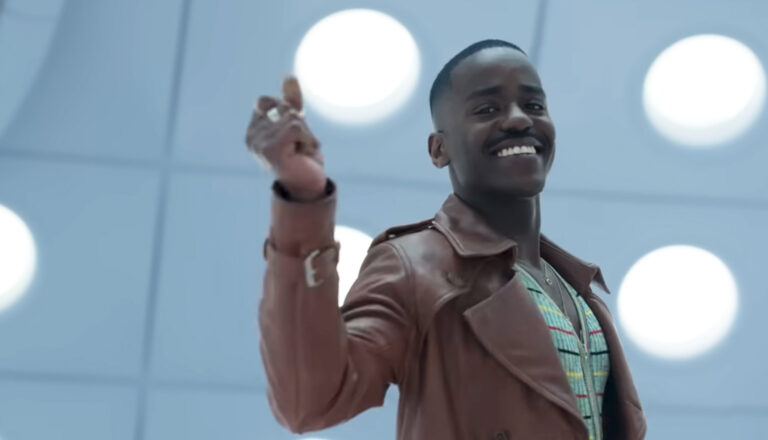
Doctor Who
The good Doctor’s been flitting around time, space and the BBC since 1963. Now he’s also a fixture in the US, toting his curiously British brand of sci-fi in his highly mobile TARDIS. Just how safe is this contraption?
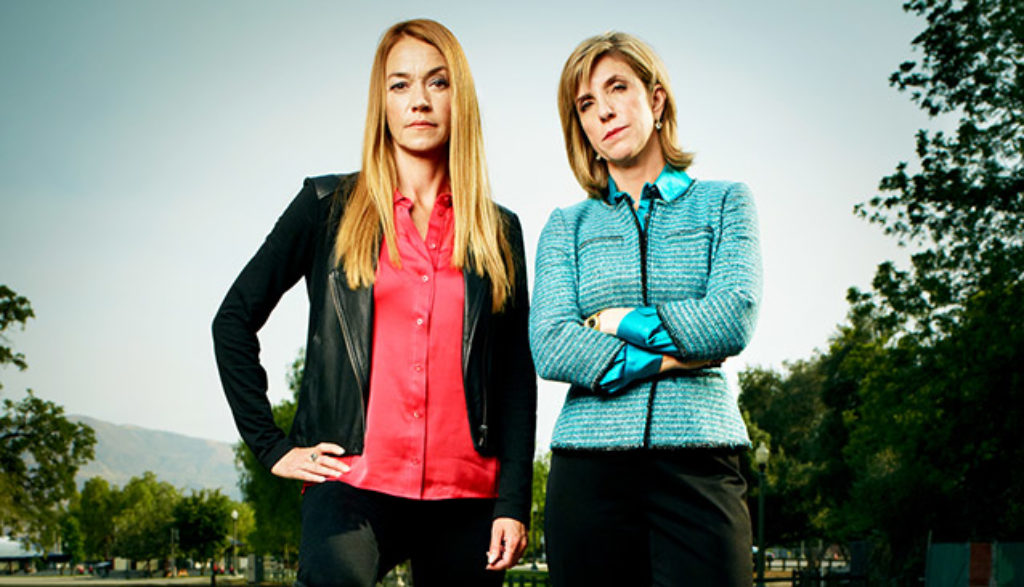
In an old Bloom County cartoon, Milo and his animal pals are staring at a television set, trying to figure out if they’re watching news footage or a scene from an action flick. They can’t quite decide if it’s real (in which case they’d be sad and horrified) or fake (which would give them permission to hoot and holler and cheer).
That’s an odd inconsistency in the human psyche, isn’t it? A killing in real life is considered a tragedy. A killing (or several) on Criminal Minds or Psych is considered entertainment. If we found ourselves at an actual murder scene, it’d be a somber, serious and perhaps even sickening experience. But for the sake of a good story, some people will poke around crime scenes every night of the week on TV or online.
But what if something falls somewhere in between?
TNT’s Cold Justice is an interesting examination of that sometimes blurry line dividing tragedy from entertainment. It’s a reality show that feels deadly earnest about its goals: drag the guilty to jail and give victims a sense of closure. That’s accomplished by criminal prosecutor Kelly Siegler and crime scene investigator Yolanda McClary (the real-life inspiration for CSI‘s character Marg Helgenberger) as they travel to small towns across the United States to poke around a clutch of cold cases.
Siegler, who pitched the idea to Law & Order creator Dick Wolf, believes they’re performing a service. The small towns they travel to don’t often have the resources of larger communities to solve complex murders. And their often-overburdened law enforcement officers don’t have the time or experience needed to reopen years-old cases. Cold Justice has both the resources and experience to make a difference.
“We went to television and told them that there was this need and opportunity out there for all of these unsolved murder cases in little towns all across the country, that we had the experience to solve,” Siegler told National Public Radio.
So Siegler and McClary don’t just bring their expertise to town—they also truck in a bevy of cameras. By its very nature, Cold Justice isn’t just about solving some nettlesome crimes, it’s also about drawing in viewers. And to do so, it must dive into some of the most awful moments a small community can experience—scratching off scabs and poking into old wounds.
Is that necessarily a bad thing when a killer is potentially still on the loose? Siegler, McClary and their crew show no evidence of wanting to cause unnecessary pain. But to get at the truth, you have to sometimes draw a little blood. The locals involved could probably do without the cameras splashing their grief all over national television. But the benefit of getting a little justice outweighs the downside for most of them.
All that ambiguity and uncertainty makes Cold Justice uncomfortable watching. You are tuning in, after all, to an admittedly compelling hour of television predicated on the worst day of someone’s life. You hear graphic descriptions of how someone died or was killed. The lives and habits of victims and their families, the guilty and innocent alike, are spread out across the screen for all to see and judge. These aren’t Facebook posts designed to share something with a few friends. These are people in pain opening themselves up to strangers. That can be hard to watch. And if it’s not, perhaps it should be.
Cold Justice is signaling that it will try its best to be sensitive—to both victims and viewers. But that sensitivity still leaves the door open for pictures of the deceased and descriptions of their deaths. Interviewers and their subjects sometimes swear. Emotions run high.
“What you are about to see is real and may be disturbing due to its graphic nature,” we’re told at the outset of episodes—an admission of the truth that reality hits us in a way fake blood and gore just can’t match. We hear things the survivors themselves can’t bear to stay in the room for and see things they refuse to witness, all for the sake of the televised story.
We see all the tears. We watch as investigators reenact the moment of the murder. We imagine the described blood and the screams and the horror.
And when TNT decides to rerun the show, we can see and hear and imagine it all again, forcing every viewer to grapple with whether this is more entertainment or news, and raising these questions: Might a series like this actually help some of us start sorting out the inconsistency in all that? Or will it just be one more step toward desensitization?
“Small Town Suicide”
McClary and Siegler travel to Cuero, Texas, where 12 years ago a woman named Pam was found with a gunshot wound to her temple, bleeding out in her boyfriend’s bathroom. At the time it was said to be suicide. But Kayla, the woman’s oldest daughter, was never convinced of that, and she found an ally in a local police officer who re-opened the case in 2008. After several interviews and some inconclusive DNA tests, McClary, Siegler and their team successfully petition the district attorney to take the case before a grand jury, which decides to indict Pam’s boyfriend of murder.
We listen to Kayla telling Siegler and McClary how she heard a shot and a scream in the bathroom; how she ran to find her mom, still alive and bleeding; how she tried to perform CPR; how she tried to keep her younger brother out of the bathroom.
“I didn’t want him to see,” she says, sobbing.
We see a photo of the victim’s head several times. The gunshot wound is clearly visible, but the picture is both colorized and shown in negative—seemingly to blunt the impact of the actual crime scene photo. The moment of the murder is graphically recounted several times. We hear about how the accused man, Ronnie, has a long history of domestic violence and came home that night drunk. There’s much talk about whether or not the death really was a suicide, and the team believes that Ronnie’s extended family has been lying for him all this time.
We hear one unbleeped s-word, one “d‑‑n” and two uses of “h‑‑‑.”


Paul Asay has been part of the Plugged In staff since 2007, watching and reviewing roughly 15 quintillion movies and television shows. He’s written for a number of other publications, too, including Time, The Washington Post and Christianity Today. The author of several books, Paul loves to find spirituality in unexpected places, including popular entertainment, and he loves all things superhero. His vices include James Bond films, Mountain Dew and terrible B-grade movies. He’s married, has two children and a neurotic dog, runs marathons on occasion and hopes to someday own his own tuxedo. Feel free to follow him on Twitter @AsayPaul.

The good Doctor’s been flitting around time, space and the BBC since 1963. Now he’s also a fixture in the US, toting his curiously British brand of sci-fi in his highly mobile TARDIS. Just how safe is this contraption?
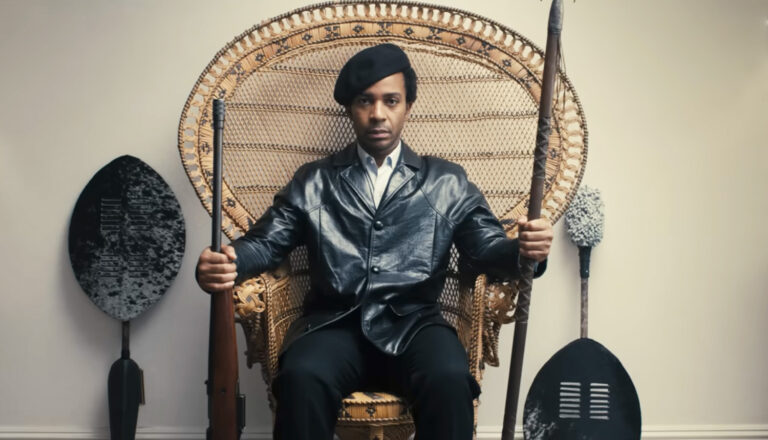
The Big Cigar’s protagonist, Huey P. Newton, founder of the Black Panthers, is suspicious of Hollywood. In that, Plugged In would agree.
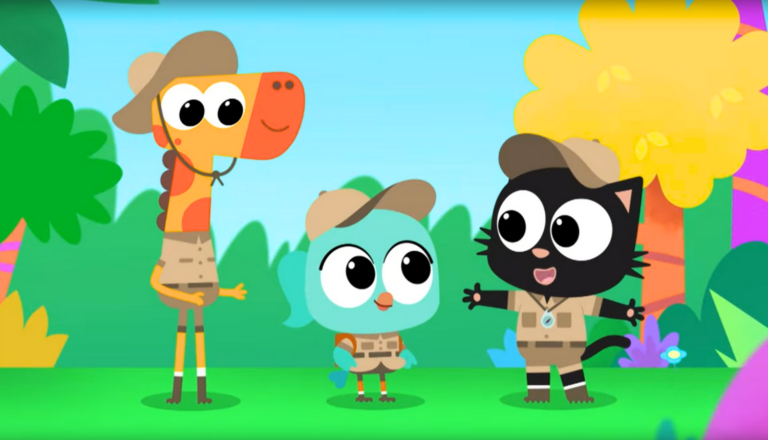
Milo offers great messages about friendship and trying new things, and it’s free of most anything parents would find concerning.
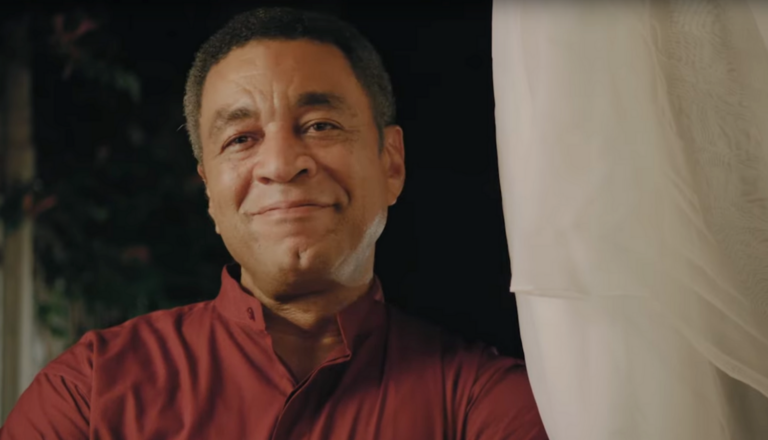
People from all walks of life learn lessons from God Himself that will change their lives.